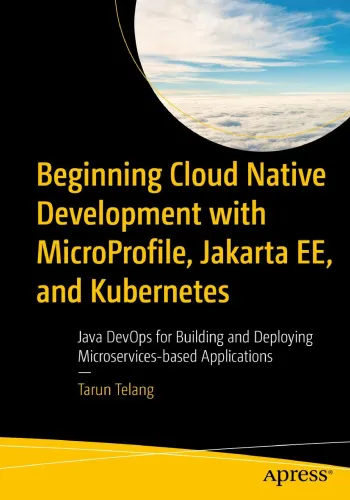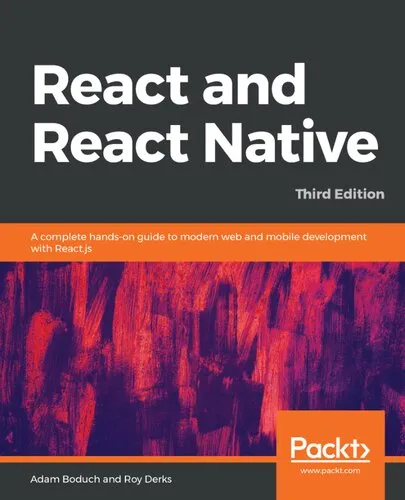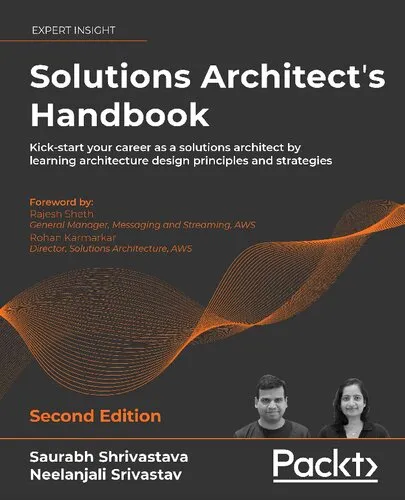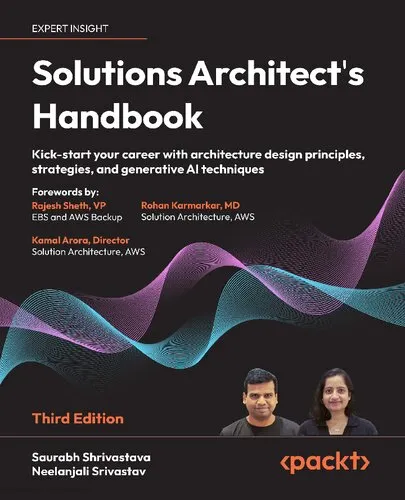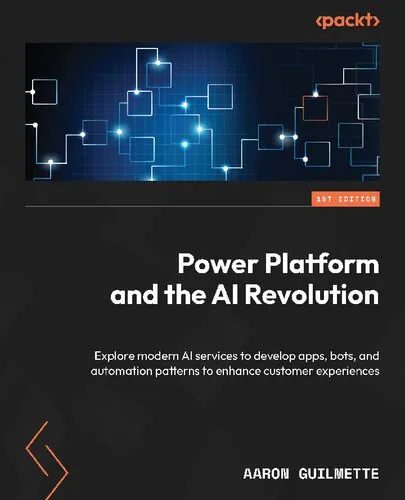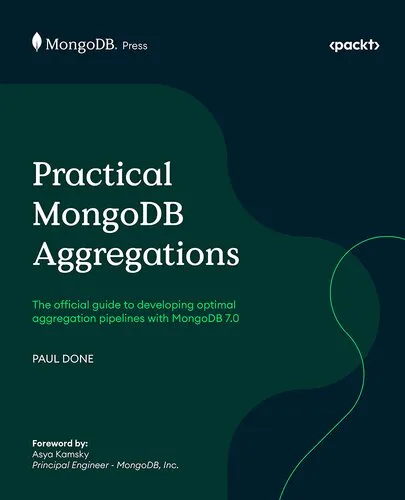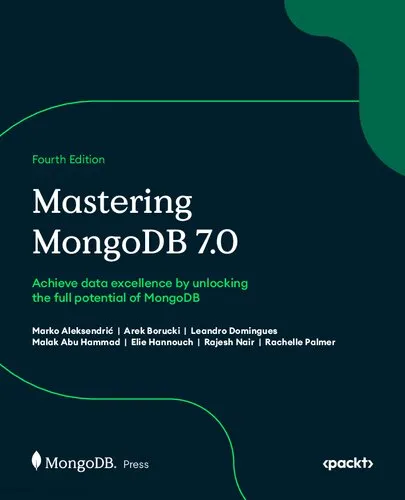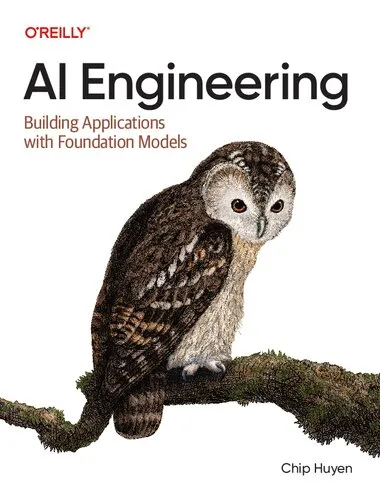Beginning Cloud Native Development with MicroProfile, Jakarta EE, and Kubernetes: Java DevOps for Building and Deploying Microservices-based Applications
4.5
Reviews from our users

You Can Ask your questions from this book's AI after Login
Each download or ask from book AI costs 2 points. To earn more free points, please visit the Points Guide Page and complete some valuable actions.Related Refrences:
Analytical Summary
“Beginning Cloud Native Development with MicroProfile, Jakarta EE, and Kubernetes: Java DevOps for Building and Deploying Microservices-based Applications” is an authoritative and hands-on resource for software engineers, architects, and DevOps practitioners. The book offers a pragmatic pathway toward mastering cloud-native application development in Java using open standards and proven tooling.
The author, Tarun Telang, unpacks the core concepts of building microservices-based applications with MicroProfile and Jakarta EE, explaining how these technologies fit seamlessly within the Kubernetes ecosystem. It delves into Java DevOps practices, containerization strategies, configuration management, service discovery, metrics, health checks, and CI/CD pipelines—all framed within the context of delivering scalable, maintainable, and secure applications in the cloud.
By blending theory and implementation details, the book bridges academic understanding and professional application. The exposition covers how enterprise Java standards have evolved to embrace microservices, and how MicroProfile enriches Jakarta EE with APIs targeted at cloud-native patterns. Kubernetes is presented not just as an orchestration platform, but as the operational backbone that enables deployment agility and resilience.
Readers can expect detailed walkthroughs and examples that build confidence in applying best practices to real-world projects. Each chapter aligns with concrete objectives and common scenarios, ensuring a cohesive learning journey for both novice and intermediate practitioners of microservices architecture.
Key Takeaways
This book delivers essential insights and actionable knowledge that can be directly applied to cloud-native development projects using Java technologies.
You will learn how MicroProfile extends Jakarta EE to provide cloud-relevant APIs, making it faster to implement cross-cutting concerns like fault tolerance, security, and monitoring.
You’ll gain clarity on how Kubernetes streamlines application deployment, scaling, and automated recovery, forming a central pillar of modern Java DevOps workflows.
The material reinforces the importance of continuous integration and deployment strategies tailored for microservices, ensuring software remains reliable and up-to-date even in dynamic environments.
Practical emphasis is placed on interoperability and the use of open-source tools, fostering solutions that are portable and vendor-neutral.
Memorable Quotes
“The true power of cloud-native architecture lies in designing for change and resilience from the start.” Unknown
“MicroProfile and Jakarta EE give Java developers a practical bridge from enterprise monoliths to agile microservices.” Unknown
“Kubernetes is more than deployment—it’s an operational model for modern software delivery.” Unknown
Why This Book Matters
In a rapidly evolving technology landscape, this book stands out as a guiding beacon for Java professionals aiming to modernize their application design and delivery processes.
Information about the book’s publication year and awards is unavailable due to no reliable public source. However, its relevance is evident from the increased enterprise adoption of cloud-native architectures and Kubernetes-based deployments.
By focusing on open standards such as Jakarta EE and MicroProfile, the book ensures that readers are not locked into proprietary solutions, making their career skills and deployed systems more adaptable in the long term.
Its integration of Java DevOps concepts equips readers with both development and operational skills—critical in modern software teams where the boundaries between coding and deployment are increasingly blurred.
Inspiring Conclusion
“Beginning Cloud Native Development with MicroProfile, Jakarta EE, and Kubernetes: Java DevOps for Building and Deploying Microservices-based Applications” provides more than just technical instruction—it offers a mindset shift toward modern, agile, and resilient application delivery.
Whether you are an experienced enterprise Java developer seeking to evolve your skillset or a software architect aiming to guide your organization's cloud strategy, this book equips you with the patterns, tools, and philosophies required for success. By merging MicroProfile capabilities, Jakarta EE stability, and Kubernetes scalability, it maps a credible route to cloud-native excellence.
The next step is clear: read, share, and discuss these insights within your technical community. In doing so, you’ll amplify the collective adoption of best practices that make modern software systems robust, maintainable, and future-ready.
Free Direct Download
You Can Download this book after Login
Accessing books through legal platforms and public libraries not only supports the rights of authors and publishers but also contributes to the sustainability of reading culture. Before downloading, please take a moment to consider these options.
Find this book on other platforms:
WorldCat helps you find books in libraries worldwide.
See ratings, reviews, and discussions on Goodreads.
Find and buy rare or used books on AbeBooks.
1025
بازدید4.5
امتیاز0
نظر98%
رضایتReviews:
4.5
Based on 0 users review
Questions & Answers
Ask questions about this book or help others by answering
No questions yet. Be the first to ask!
